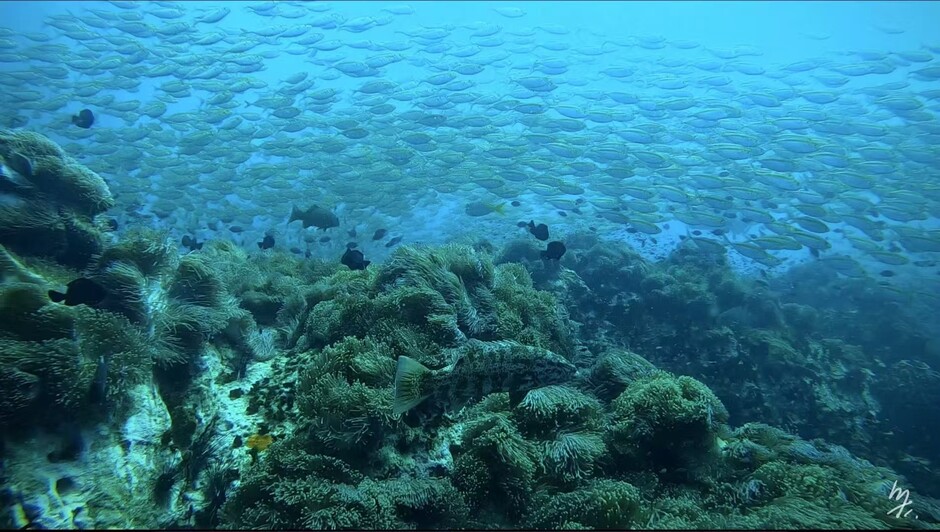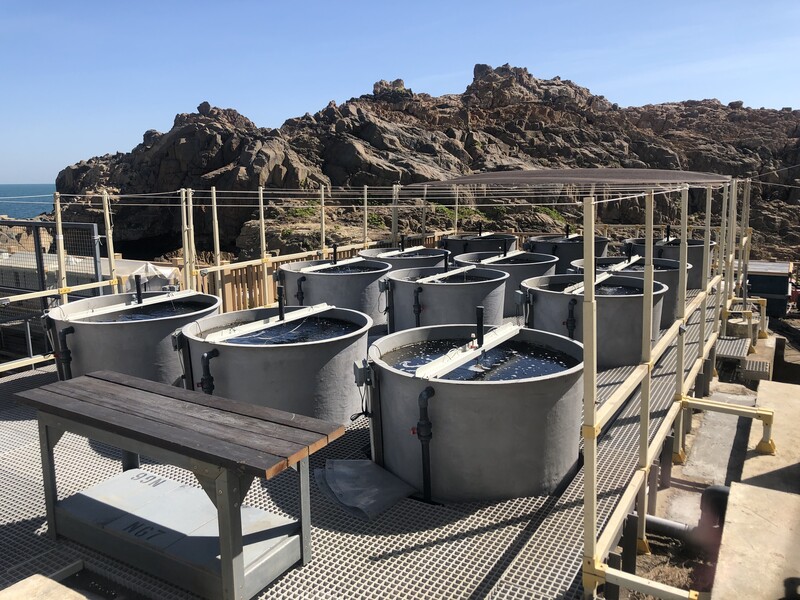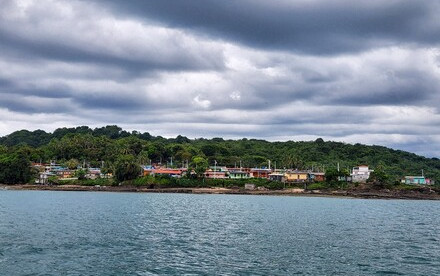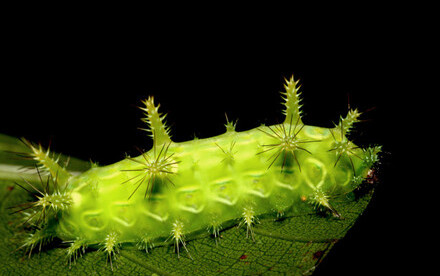04 Jun 2025
HKU Ecologists Unveil Critical Insights into Marine Biodiversity Dynamics Using Environmental DNA

Beneath the waves, vibrant corals thrive alongside diverse marine life, a delicate ecosystem now being studied through eDNA to uncover the subtle impacts of human activities.Photo courtesy of Chuanqi Gong.
A study led by the eDNA & eEcology lab at the School of Biological Sciences, The University of Hong Kong (HKU) has harnessed environmental DNA (eDNA) to decode the hidden impacts of human activities on marine biodiversity, offering new tools to monitor and combat ecosystem degradation.
The study was led by Professor Mathew SEYMOUR, with key support from Ms Vivy Zhewei SI and collaboration with an international team of marine ecologists and geneticists, including Professor David BAKER, the interim Director of the Swire Institute of Marine Science (SWIMS). Their work underscores HKU’s leadership in marine conservation and its commitment to addressing global biodiversity challenges through innovative scientific approaches.
The Silent Crisis in Our Oceans
Marine biodiversity is under unprecedented threat from human activities, including coastal development, pollution, aquaculture, and overfishing. While the decline of coral reefs and fisheries has garnered global attention, our understanding of the broader impacts on marine ecosystems is still largely lacking. This is partially due to traditional monitoring methods, which rely on labour-intensive surveys and are often limited in their ability to capture the rapid and complex changes occurring in marine environments. To address this, Prof. Seymour’s team utilised eDNA metabarcoding, which offers relatively continuous, high-resolution snapshots of real-time dynamic changes in marine communities, revealing how human stressors disrupt ecosystems.
A Race Against Time
The study involved deploying 12 large-scale mesocosms (experimental tanks) seeded with Autonomous Reef Monitoring Structures (ARMS) that were previously colonised from natural reef habitats at SWIMS. Over a seven-month period, the team collected 240 eDNA water samples from the mesocosms to analyse three key eDNA and biological phases: 1) biodiversity accumulation, 2) response to human stressors, and 3) eDNA degradation. Species richness (i.e., the number of unique species) initially surged as ARMS were introduced into the mesocosms, stabilised during exposure to human stressors, and plummeted during the degradation phases after ARMS removal. During the response to human stressors phase, it found that aquaculture waste, particularly fish feed, significantly disrupted community composition, favouring groups like Gastropoda while suppressing algae. Significant changes in families such as Lithodesmiaceae (algae) and Haminoeidae (sea snails) highlight their potential as bioindicators under environmental stress. Additionally, the study highlighted variations in eDNA decay rates among species, with fish DNA degrading the fastest while algae and invertebrates persisted longer—a finding that could inform future monitoring strategies.

Twelve large-scale mesocosms were involved in this study at HKU’s Swire Institute of Marine Science (SWIMS). Photo courtesy of Vivy Zhewei Si.
Bridging Gaps in Conservation
Coral reefs, vital to marine biodiversity, are declining globally due to sedimentation and pollution. Yet, traditional surveys often miss cryptic species or fail to capture fine-scale changes. “eDNA allows us to see the invisible—tracking entire communities in real-time, not just individual species,” explained lead author Zhewei Si. “For the first time, we’ve quantified how stressors like fish feeding alter ecosystems at a molecular level.”
While sedimentation and fertiliser treatments showed limited immediate impacts, the stark effects of fish feed underscore the need for stricter aquaculture regulations. “Even legal activities can destabilise ecosystems,” warned the team. “eDNA isn’t just a tool for science—it’s a lifeline for policymakers to act before species vanish.” “This study is just the beginning,” said Professor Seymour. “As we refine eDNA techniques, we’ll be able to improve local and regional monitoring of marine biodiversity, with extension to the global scale, providing the data needed to protect our oceans for generations to come.”
Click here to learn more about the research.









